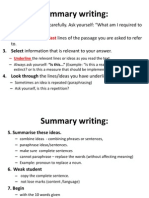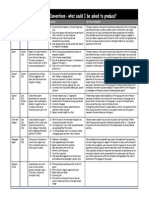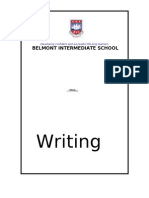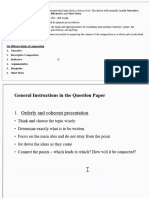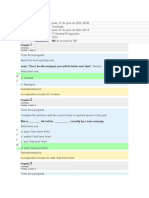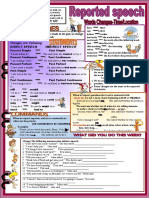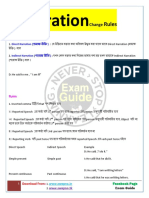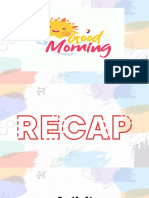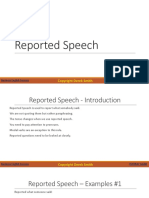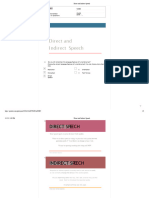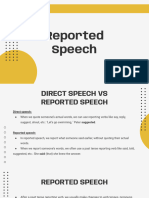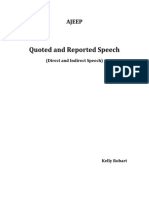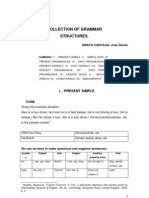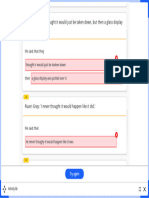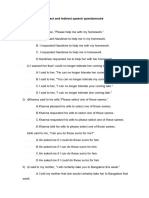0% found this document useful (0 votes)
43 views28 pagesFLE Session p2
The document provides tips and guidance for different types of writing tasks that could appear in Section A and Section B of the IGCSE First Language English Paper 2 exam. It discusses the key features and formats of speeches, reports, interviews, diaries/journals, letters, newspaper articles, narratives, and descriptive writing.
Uploaded by
rawan hamdyCopyright
© © All Rights Reserved
We take content rights seriously. If you suspect this is your content, claim it here.
Available Formats
Download as PDF, TXT or read online on Scribd
0% found this document useful (0 votes)
43 views28 pagesFLE Session p2
The document provides tips and guidance for different types of writing tasks that could appear in Section A and Section B of the IGCSE First Language English Paper 2 exam. It discusses the key features and formats of speeches, reports, interviews, diaries/journals, letters, newspaper articles, narratives, and descriptive writing.
Uploaded by
rawan hamdyCopyright
© © All Rights Reserved
We take content rights seriously. If you suspect this is your content, claim it here.
Available Formats
Download as PDF, TXT or read online on Scribd
/ 28






